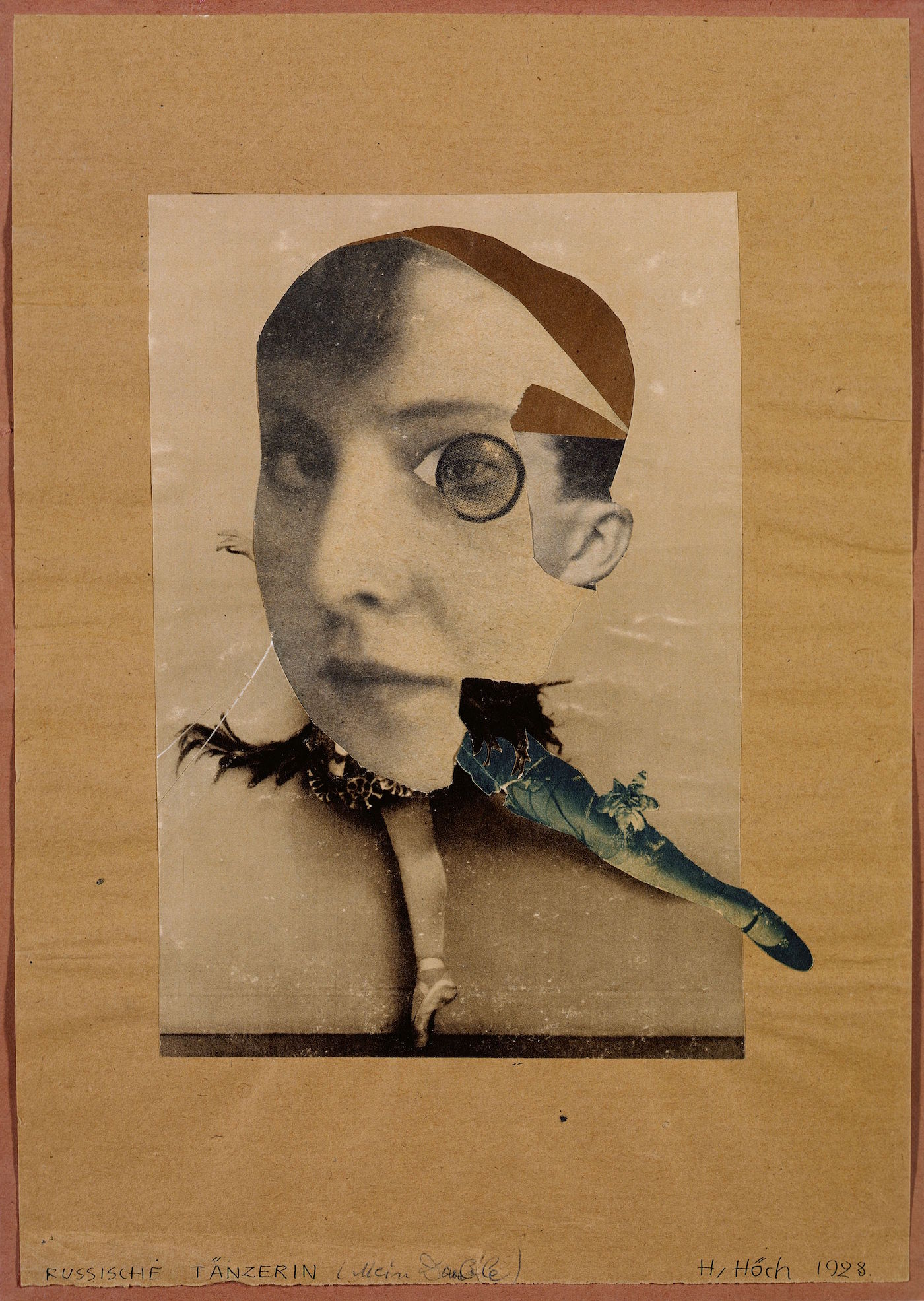Started: 1825
Summary
Originating in military terminology, the phrase "avant-garde" was adapted to apply to the work of artists - and then taken on by artists themselves - in order to indicate the socially, politically, and culturally revolutionary potential of much modern art. From the Realism of Gustave Courbet to the genre-defying multimedia experiments of the Fluxus movement, the term "avant-garde" has been associated with groups of artists - and sometimes single individuals - who sought to fly in the face of acceptable standards of artistic taste and to define new paradigms of creativity. In some movements this emphasis on the new was tied to a radical political and social agenda, a desire to tear down and replace social systems that were seen as somehow bound up in mainstream aesthetic standards.
Text from theartstory.org/definition/avant-garde

Salon des Refusés
On May 17, 1863, Paris saw the opening of the Salon des Refusés, an exhibition of artworks that were rejected by the jury of the prestigious Paris Salon, held annually by the Académie des Beaux-Arts.
The 1898 Salon de Refusés in Paris, the “salon of the rejected” established in 1863.
It was the very first time the term avant garde, or avant-garde, was used in relations to the arts, and it marked the beginning of a cultural revolution.
Renowned painters like Gustave Courbet, Édouard Manet and Camille Pissarro, cast aside by the critics and the public for not being conservative to their taste, organized their own shows throughout the French capital, featuring the now legendary paintings such as Déjeuner sur l’herbe and Symphony in White, No. 1.
Attracting thousands of visitors, these artists announced a certain kind of rebellion that would come to influence an entire century and a half of art movements and like-minded artists, despite the ongoing ridicule they received from the arts elite.
Avant garde art became a symbol of progress, exploration and innovation, of everything and anyone ahead of their time and ways of doing.
Text + img from widewalls.ch/magazine/avant-garde-movement-theater-music-photography-contemporary-art
Key Ideas & Accomplishments
Although the idea of the avant-garde suggests a preoccupation with breaking new ground, in almost all cases this did not reflect a standalone interest in novelty but was underpinned by a desire to give a clearer impression of "reality". For Gustave Courbet, that meant depicting the harsh working lives that were banished from the academic canvas; for the Impressionists it meant capturing the effects of light on the retina at the moment of perception; for the Constructivists it meant depicting the invisible scientific forces at work under the surface of visible reality. But in all cases, the desire to render reality in a newly precise way was the underlying aim.
 Marcel Duchamp’s Fountain (1917) was also considered a Dadaist sculpture.
Marcel Duchamp’s Fountain (1917) was also considered a Dadaist sculpture.More on Dada (1916-1924) ▸
The idea of the avant-garde has traditionally been beholden to two interpretations. On the one hand, it is seen as inextricably linked to a radical social or political program, so that transgressive art becomes the vehicle for transgressive social and political activity. On the other hand, avant-garde art has been seen as the domain of pure stylistic experiment, unfettered by social concerns of any kind. These two definitions have their own accompanying chronologies, hierarchies, and critical rubrics, which are often strikingly at odds with each other.
The birth of the avant-garde was also the birth of the idea of "anti-art": that art could stake its value partly on undermining, subverting, or mocking pr-existing notions of artistic value. From the Impressionists, with their quick, loose brushwork, to Marcel Duchamp with his reaymades, avant-garde art always drew some of its impact from its evident disregard for existing norms, and its ability to generate an impression of non-art, even ugliness.
Avant-garde art has, traditionally, never just been described as avant-garde, but has also been associated a particular movement: from Realism to Impressionism to Expressionism to Cubism and so on. Part of the avant-garde artist's identity and purpose has traditionally involved defining a clear and programmatic set of aims for their work, generally also associated with a tight-knit group of associates or comrades, which would form the basis for their creativity. As such, the origins of avant-garde art are also the origins of the contemporary notion of the art 'movement.'
 Hannah Höch, German photomontage Dadaist + Avant-Garde artist (1889-1978) ▸
Hannah Höch, German photomontage Dadaist + Avant-Garde artist (1889-1978) ▸
Text from theartstory.org/definition/avant-garde